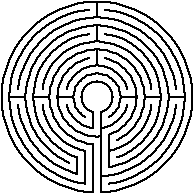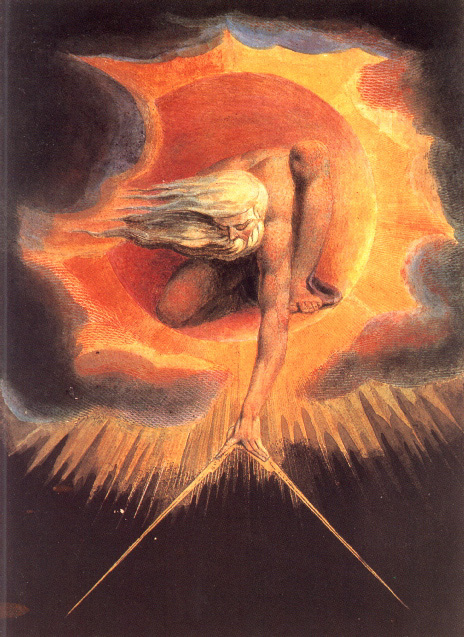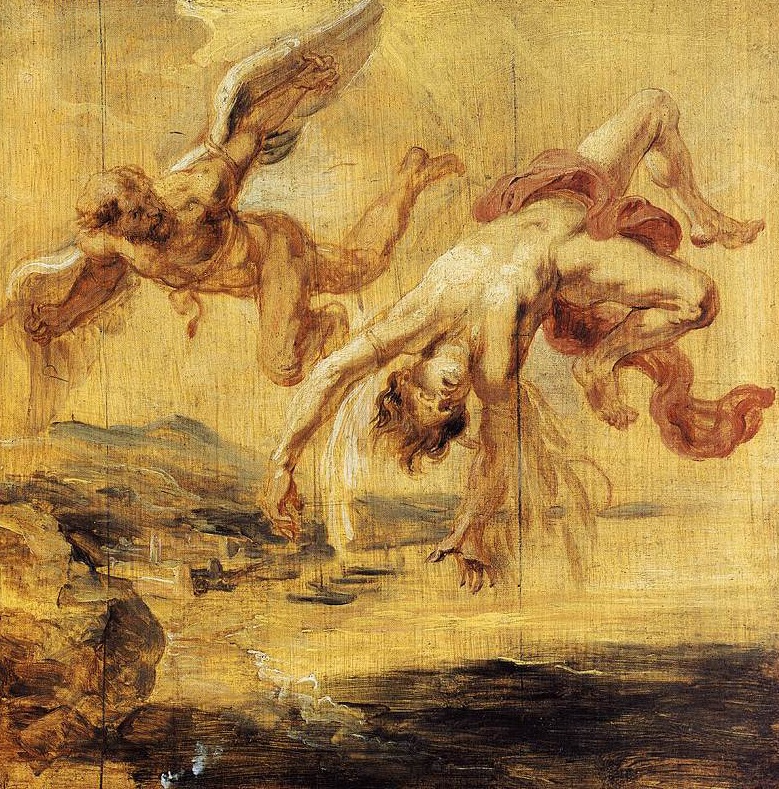 Artful builder is the Greek translation of "Daedalus,"
the name of the father of Icarus, and the craftsman alleged to have built the
vast labyrinth of ancient Crete and the Acropolis of Athens.
Artful builder is the Greek translation of "Daedalus,"
the name of the father of Icarus, and the craftsman alleged to have built the
vast labyrinth of ancient Crete and the Acropolis of Athens. Daedalus
Who he was | the story | meaning | art | symbol of labor | the lesson
 Artful builder is the Greek translation of "Daedalus,"
the name of the father of Icarus, and the craftsman alleged to have built the
vast labyrinth of ancient Crete and the Acropolis of Athens.
Artful builder is the Greek translation of "Daedalus,"
the name of the father of Icarus, and the craftsman alleged to have built the
vast labyrinth of ancient Crete and the Acropolis of Athens.
Pliny wrote that Daedalus invented carpentry and as such the Romans treated him as a culture hero – that is one who bears technical arts and skills or knowledge of technology to a people.
For the purposes of the history of technology he is a mythological hero whose activities are both a motif and a representation of how techniques (labor) are dependent on a profound knowledge of tools (technology) and the materials that are used (wood, stone, iron) to construct buildings, artifacts and related structures.
He stands for the "artfully intentional" means by which a civilized community sustains its people and maintains order over time based on technical knowledge and craftsmanship.
Crete was a civilization that existed prior to early Greek civilization at Mycenaean, or later classical civilization in Athens and Sparta.
Who he was | the story | meaning | art | the lesson
 In
this depiction by William Blake of the underlying urge of the world–the demiurge–to become
creatively and practical organized by the hands of an intervening agent or creator,
the Greek idea that the world is a created
or made; that is placed in an order by the hand of a superior intelligence.
In
this depiction by William Blake of the underlying urge of the world–the demiurge–to become
creatively and practical organized by the hands of an intervening agent or creator,
the Greek idea that the world is a created
or made; that is placed in an order by the hand of a superior intelligence. ![]() The compass shown in the
diagram is an instrument used by all early stone cutters and masons to inscribe
rocks before they were cut and assembled into a structure. That same device was used to build Gothic cathedrals in the Middle Ages and the Renaissance.
The compass shown in the
diagram is an instrument used by all early stone cutters and masons to inscribe
rocks before they were cut and assembled into a structure. That same device was used to build Gothic cathedrals in the Middle Ages and the Renaissance.
Daedalus was said to have mastered the tools, the techniques and the understanding of how material objects fit together in a way that promoted practical ends in an effective and beautiful way. In this sense he represents the appropriate application of technology to fit a situation and to solve the problem with a minimum of complications and unexpected consequences.
Daedalus thus represented the ancient ideal of an artistically capable craftsman who produced a wedding of useful and beautiful things. The labyrinth of Crete–a maze to contain the beast, called a Minotaur–is one example of his many achievements. For this reason the myth of Daedalus and his son Icarus is a classic story that inspired literature and art.
Who he was | the story | meaning | art | the lesson
Paintings of the Greek myth used to convey the ideals of understanding limitations and that human mastery must precede the desire to achieve challenging ends. The lesson is the same, care and caution are prudent attributes of artful and effective builders. Two approaches to technical expertise: |
|
|---|---|
| Daedalean, complicated, complex. | Icarian, foolish, dangerous, inexperienced. |
| 1) mastery from balancing ability with knowing the limits of materials mature experience |
2) blind ambition from wishful-thinking and not balancing knowing with doing. impetuous youth |

|

|
| Daedalus is horrified as his son and apprentice Icarus–having flown too close to Helios, the sun, –falls from heaven to his death. | |
In the sense that technology means the study of how things fit together to achieve a desired purpose, the putting together of the useful object and a beautifully designed artifact embodied both the Greek ideals and the meaning of the underlying tectonic capacity of material things to hold the spirit of the world together.
That ideal–if not it's spiritual context–was revived in the Spanish and Italian Renaissance as a cornerstone in early modern thought concerning aesthetics and art. Later in the nineteenth century literary traditions there was an identification of Daedalus with the neoclassical tradition and Icarus with the rash and revolutionary romantic spirit of expression.
Who he was | the story | meaning | art | the lesson
![]()
Lesson: extreme care and reasonable caution are prudent attributes of artful (beautiful) and effective (practical) builders.
The technique or way something must be done (how), is as important as doing impressive things [what exactly is done?]
He symbolizes how labor, land, and wealth are conceived as a functional --though limited-- association of the parts to a whole.
The three factors in comprehending the economic and commercial constraints that shape how technology originates, is applied to solving problems, and is passed on from one generation to another to sustain any culture.
|
||
|---|---|---|
| Landscape | toil | wealth |
|
||
| nature | work | capital |
Daedalus is: